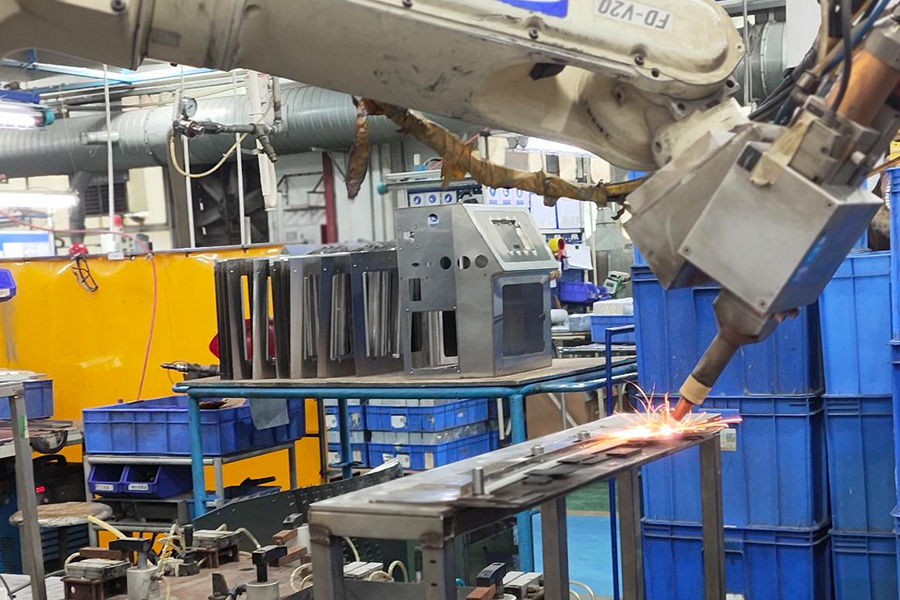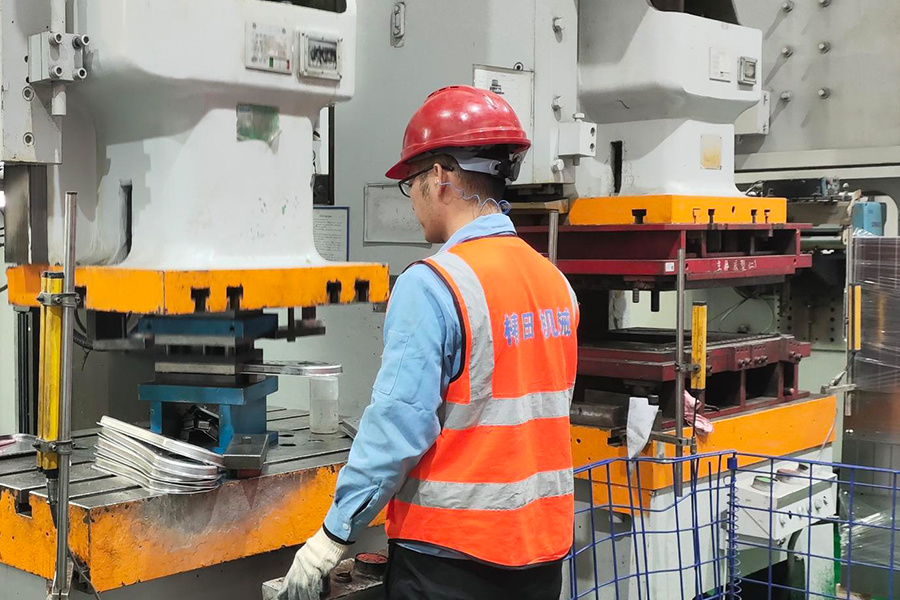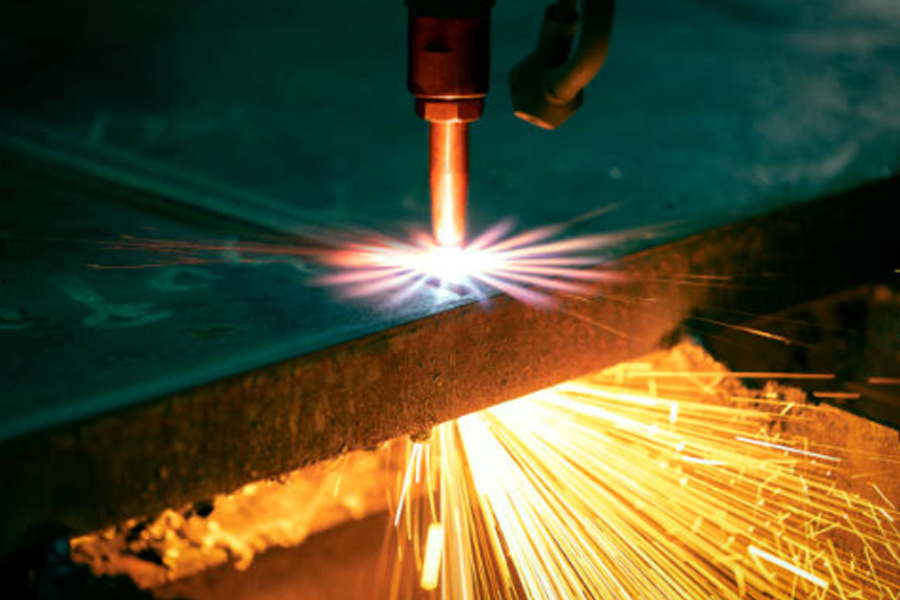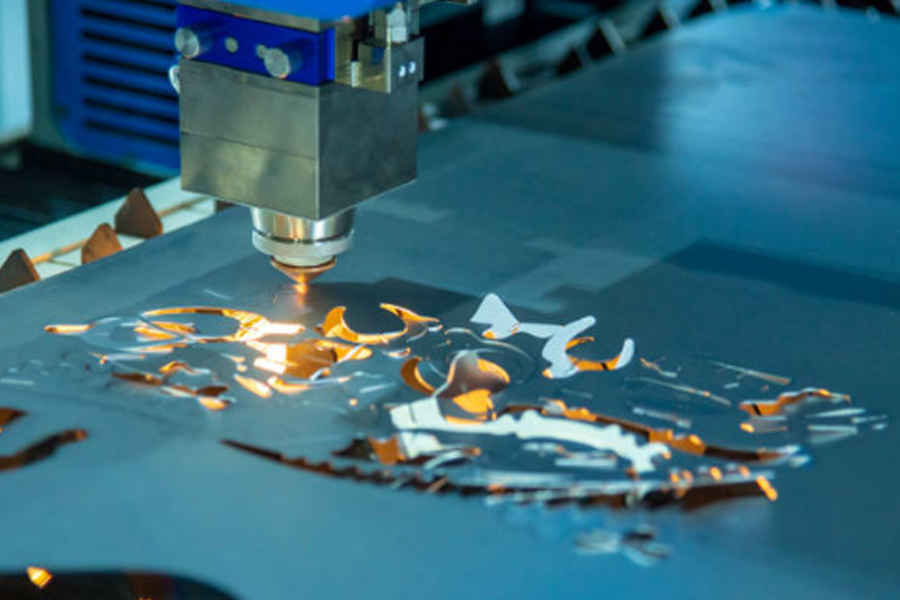Automotive Skin Bulk Procurement QC Stamping to Welding
Release time:
2025-04-02
Key quality controls for automotive body panels: material management, stamping forming, welding assembly. Highlight mold precision, process parameters, forming quality. Monitor stamping/welding processes to ensure reliable joint with vehicle frame.
In the automotive manufacturing sector, vehicle body panels, as critical components for appearance and safety, directly influence the entire vehicle's corrosion resistance, impact performance, and assembly precision. During mass procurement, end-to-end quality control from stamping forming to welding assembly is core to ensuring product consistency and reliability. This article analyzes the quality control key points at each stage based on the production characteristics of automotive body panels, providing professional references for procurement decisions and supply chain management.
1. Material Control: Laying the Quality Foundation
The selection and performance verification of materials for automotive body panels are the primary steps in quality control, focusing on:
● Sheet Metal Performance Parameters: Validate mechanical properties (e.g., yield strength, elongation), surface quality (coating uniformity, thickness tolerance), and corrosion resistance ratings to ensure compliance with industry standards (e.g., National Standard GB/T 1591 or specific automotive manufacturer specifications).
● Batch Stability Management: Require suppliers to provide complete material testing reports, including chemical composition analysis and mechanical property data, and establish a batch traceability system to prevent performance fluctuations between batches from affecting subsequent processing.
● Appearance and Dimensional Inspection: Conduct sampling inspections for surface defects (e.g., scratches, dents) and dimensional accuracy (length, width, thickness tolerances) before material warehousing, ensuring raw materials meet the basic requirements for stamping processes.

2. Stamping Forming: Precision and Stability Control
The stamping process is a critical stage for forming automotive body panels, with quality control focusing on mold precision, process parameters, and forming quality:
● Mold Condition Monitoring: Regularly inspect mold wear, surface roughness, and positioning accuracy to ensure consistency between the mold cavity and product design drawings. During first-article production, use a Coordinate Measuring Machine (CMM) for full-dimensional inspection of key dimensions (e.g., radius of curvature, edge contours) to validate mold compatibility.
● Process Parameter Optimization: Monitor parameters such as stamping pressure, speed, and lubrication conditions to avoid forming defects (e.g., wrinkling, cracking, springback deviation) caused by parameter fluctuations. Analyze data through Statistical Process Control (SPC) to adjust processes in real time for stable production.
● Formed Part Quality Testing: Evaluate surface flatness, edge line clarity, and burr conditions using visual inspection and gap gauge measurement. For complex curved components, employ blue-light scanning technology for 3D contour comparison to ensure compliance with design tolerance requirements.

3. Welding Assembly: Ensuring Joint Strength and Consistency
Welding processes directly impact the connection reliability between body panels and the vehicle frame, with quality control focusing on:
● Welding Process Suitability: Select appropriate welding methods (resistance spot welding, laser welding, MIG welding, etc.) based on panel materials (e.g., galvanized steel, aluminum alloy), and validate the effects of welding parameters (current, time, pressure) on nugget formation and weld appearance to avoid defects like false welding or burn-through.
● Weld Quality Inspection: Assess weld strength and internal quality through destructive testing (weld tensile testing) or non-destructive testing (ultrasonic flaw detection, weld imaging systems), ensuring weld distribution meets the spacing and quantity requirements of design drawings.
● Assembly Dimensional Accuracy: After welding, conduct overall dimensional inspection of panel assemblies (e.g., doors, hoods), focusing on mounting hole positions, mating surface gaps, and overall flatness to prevent assembly errors caused by welding deformation.
4. Process Traceability and System Management
Quality risk prevention in mass procurement relies on systematic management methods:
● First-Article Inspection and Routine Inspection Mechanisms: Establish first-article inspection reports to record key parameters and test data; conduct sampling inspections at set frequencies during mass production to create quality data archives for problem tracing and process improvement.
● Non-Conforming Product Management Process: Define clear procedures for identifying, isolating, and handling non-conforming products, analyze defect causes (e.g., material issues, equipment faults, operational errors), and implement corrective actions (e.g., mold repair, parameter adjustment) to prevent batch issues.
● Supplier Quality Collaboration: Establish regular quality communication with suppliers, share testing data and process optimization plans, and promote collaborative quality improvement across the supply chain.
Quality control in mass procurement of automotive body panels must span the entire process—from materials to stamping and welding—achieving stability and consistency through meticulous management of key elements at each stage. As a technology-driven enterprise specializing in precision metal processing, CTT Technology provides end-to-end quality control solutions from material certification to process optimization, helping clients reduce procurement risks and enhance the reliability of vehicle manufacturing.
Key Words






